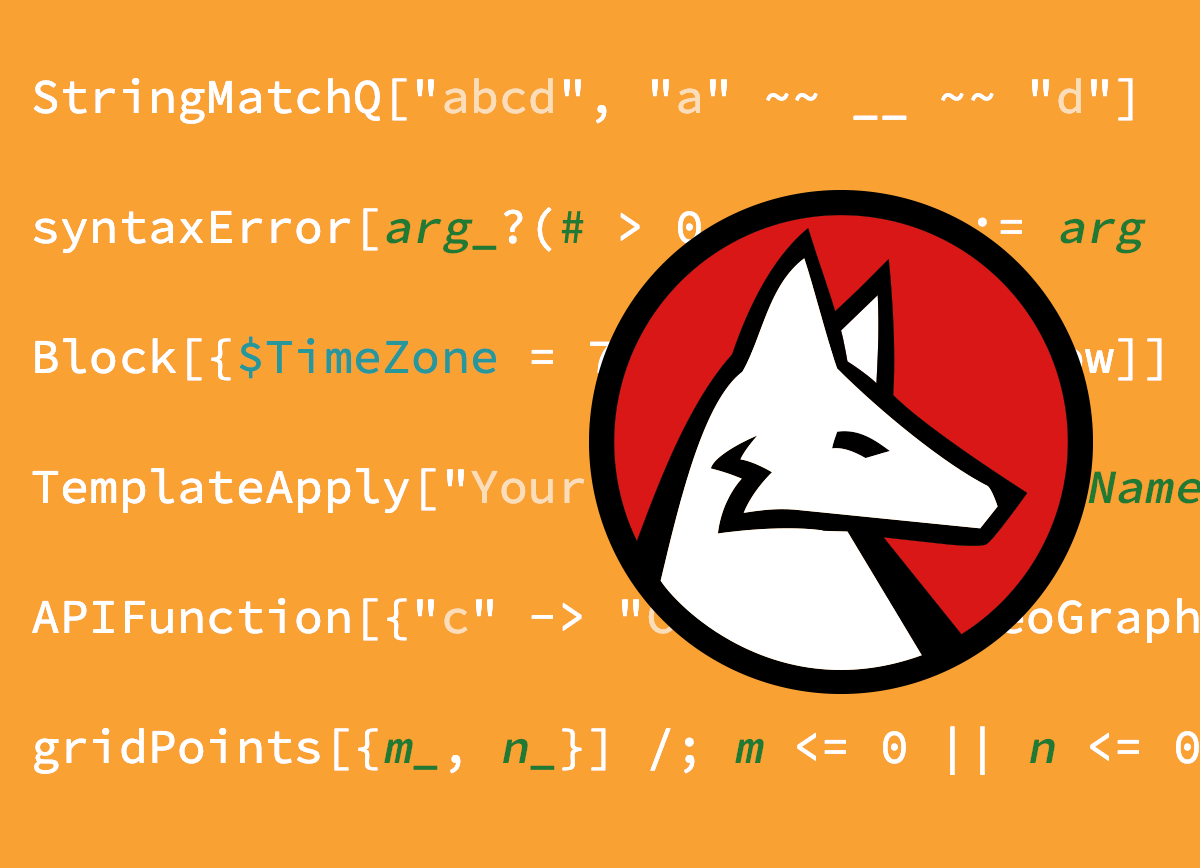
Mathematica, a powerful computational software, has revolutionized the way we approach complex mathematical problems. Its symbolic computation capabilities have made it an indispensable tool for scientists, engineers, and researchers across various disciplines. In this article, we will delve into 10 fascinating facts about Mathematica, shedding light on its impact and versatility. From its origins to its applications in cutting-edge research, we will explore the features that make Mathematica a game-changer in the world of computational mathematics. Whether you're a seasoned user or new to the realm of symbolic computation, these insights will deepen your understanding of Mathematica's significance and potential. Join us on this journey as we uncover the remarkable facets of Mathematica and gain a newfound appreciation for its role in advancing scientific and technological frontiers.
Key Takeaways:
- Mathematica is a super smart tool for math and science.
It helps with all kinds of math problems and makes cool pictures to help understand things better. Plus, it’s always getting even smarter with updates! - Mathematica is like a super brain for scientists and students.
It can do all kinds of math stuff, make things look cool, and even work with other computers to solve really hard problems.
Mathematica is a powerful computational software.
Mathematica, developed by Wolfram Research, is a robust computational software used in various fields, including engineering, mathematics, and science. It provides a wide range of functions for symbolic computation, making it a valuable tool for researchers, educators, and professionals.
Mathematica offers advanced symbolic computation capabilities.
With its advanced symbolic computation capabilities, Mathematica can manipulate mathematical expressions and equations symbolically, allowing for precise and flexible computations. This feature sets it apart as a versatile and efficient tool for complex mathematical tasks.
Mathematica supports a wide range of technical computing tasks.
From calculus and algebra to differential equations and 3D plotting, Mathematica covers a broad spectrum of technical computing tasks. Its comprehensive functionality makes it a go-to platform for tackling diverse computational challenges.
Mathematica enables interactive visualization and exploration.
One of Mathematica's standout features is its ability to create interactive visualizations and enable dynamic exploration of mathematical concepts. This makes it an invaluable resource for illustrating complex mathematical ideas in an engaging and accessible manner.
Mathematica facilitates algorithm development and testing.
Researchers and developers benefit from Mathematica's support for algorithm development and testing. Its intuitive interface and extensive libraries streamline the process of creating and refining algorithms for various applications.
Mathematica is widely used in academia and research.
Universities, research institutions, and academic professionals rely on Mathematica for its comprehensive computational capabilities. Its widespread adoption in the academic community underscores its significance in advancing scientific and mathematical research.
Mathematica supports parallel and cloud computing.
With built-in support for parallel and cloud computing, Mathematica offers efficient ways to tackle computationally intensive tasks. This feature enhances productivity and enables users to leverage distributed computing resources seamlessly.
Mathematica fosters interdisciplinary collaboration.
The software's versatility and broad applicability foster interdisciplinary collaboration among professionals in fields such as physics, engineering, economics, and beyond. This collaborative environment encourages the exchange of ideas and the exploration of innovative solutions.
Mathematica provides extensive documentation and resources.
Users benefit from Mathematica's extensive documentation, tutorials, and online resources, which facilitate learning and problem-solving. These materials empower users to harness the full potential of the software for their specific computational needs.
Mathematica continues to evolve with cutting-edge updates.
Wolfram Research consistently updates Mathematica with cutting-edge features and enhancements, ensuring that users have access to the latest advancements in computational technology. This commitment to innovation reinforces Mathematica's position as a leading platform for symbolic computation and technical computing.
Mathematica, a powerful computational software developed by Wolfram Research, offers advanced symbolic computation capabilities, making it a valuable tool for a wide range of technical computing tasks. With its support for interactive visualization, algorithm development, and parallel computing, Mathematica facilitates interdisciplinary collaboration and continues to evolve with cutting-edge updates. Its widespread adoption in academia and research underscores its significance in advancing scientific and mathematical research. Users benefit from its extensive documentation and resources, empowering them to leverage the software's full potential for their specific computational needs.
Conclusion
In conclusion, Mathematica is a powerful tool for symbolic computation, offering a wide range of capabilities for solving complex mathematical problems. Its intuitive interface, extensive function library, and versatile programming language make it a valuable asset for mathematicians, scientists, engineers, and students alike. By harnessing the computational power of Mathematica, users can explore, analyze, and visualize mathematical concepts with unprecedented ease and efficiency. Whether it's algebraic manipulation, calculus, differential equations, or advanced data analysis, Mathematica empowers users to tackle intricate mathematical challenges with confidence. As technology continues to advance, Mathematica remains at the forefront of symbolic computation, driving innovation and discovery across various fields of study.
FAQs
What makes Mathematica a valuable tool for mathematicians and scientists?Mathematica offers a comprehensive suite of functions for symbolic computation, enabling users to perform complex mathematical operations, visualize data, and explore mathematical concepts with ease. Its versatile programming language and extensive libraries make it an invaluable resource for professionals and students in the fields of mathematics, physics, engineering, and beyond.
Can Mathematica be used for educational purposes?Yes, Mathematica is widely used in educational settings to teach and explore mathematical concepts. Its user-friendly interface and interactive features make it an ideal platform for students to experiment with mathematical ideas, visualize complex concepts, and gain a deeper understanding of mathematical principles.
Was this page helpful?
Our commitment to delivering trustworthy and engaging content is at the heart of what we do. Each fact on our site is contributed by real users like you, bringing a wealth of diverse insights and information. To ensure the highest standards of accuracy and reliability, our dedicated editors meticulously review each submission. This process guarantees that the facts we share are not only fascinating but also credible. Trust in our commitment to quality and authenticity as you explore and learn with us.
